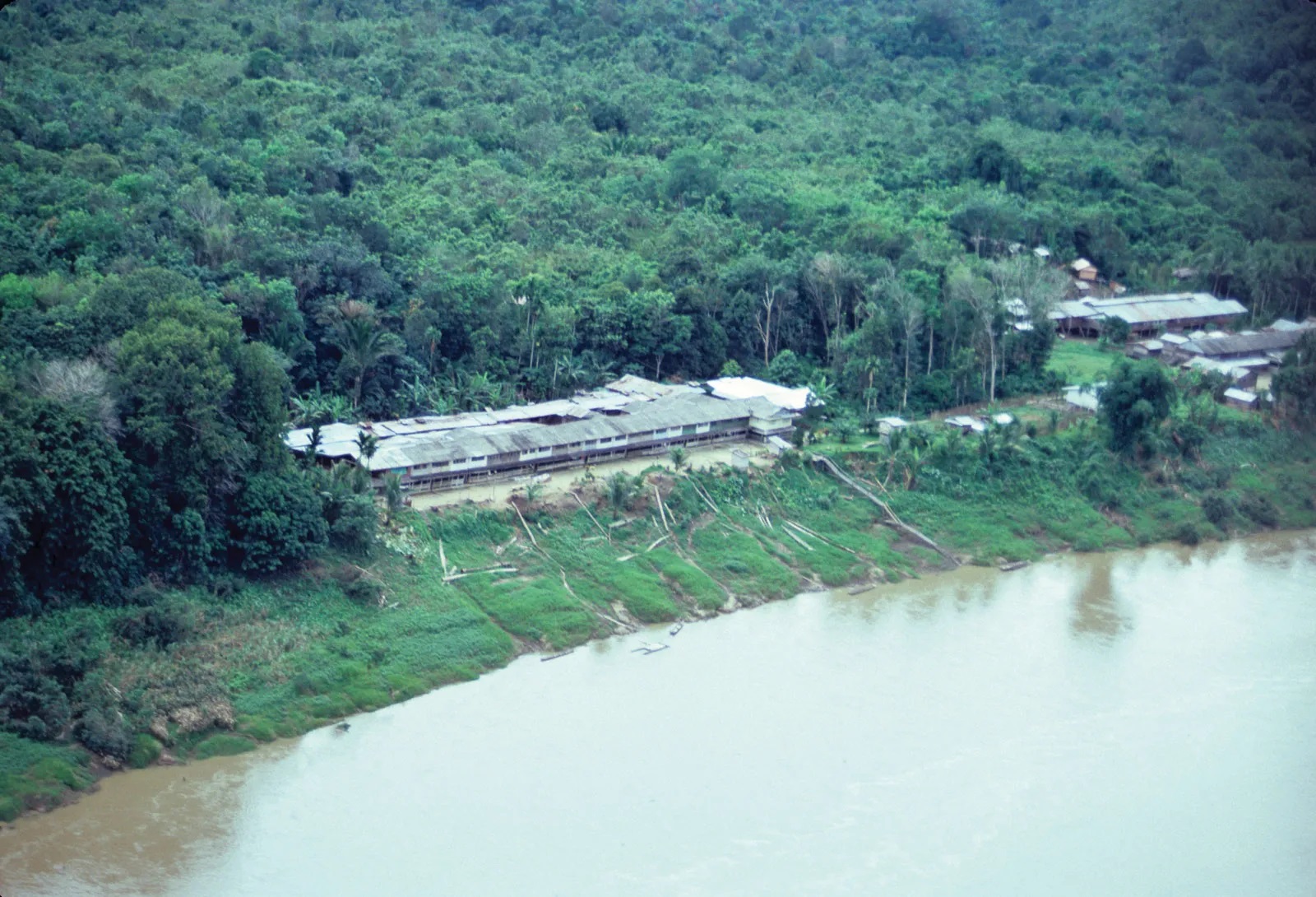DAYAK ETHNICS PLACES
A Dayak longhouse isn’t just the focal point of a village: it is the village. These imposing structures, sometimes over 200 meters long, can contain dozens of separate family apartments, as well as public spaces for cooking, blacksmithing, ceremonies, and social life. The ongoing transformation of West Kalimantan from a remote jungle fastness to a sprawling agricultural hinterland is placing new pressures on longhouse communities, which respond to those pressures in different ways.
Longhouses tend to be occupied by many families of from a single ethnic group-the term “Dayak” encompasses the Iban, Kayan, Desa, Taman, Kantuk, and many others. It is also possible for both men and women to marry into a longhouse of another ethnic group. Traditionally, the longhouse was the largest political unit to which Dayak people could belong. While larger alliances might exist between groups of longhouses, or speakers of the same language, each person’s primary allegiance was always to the longhouse.



